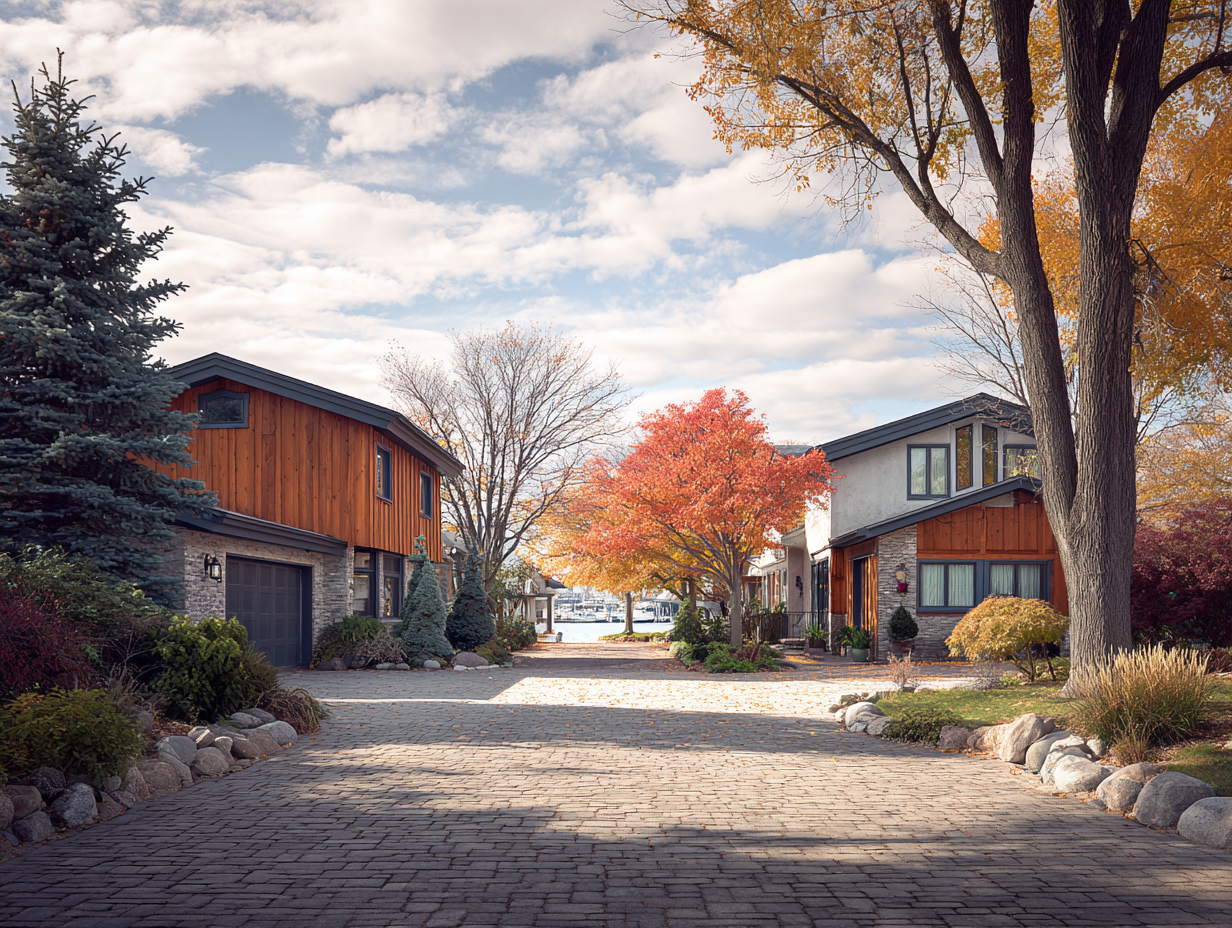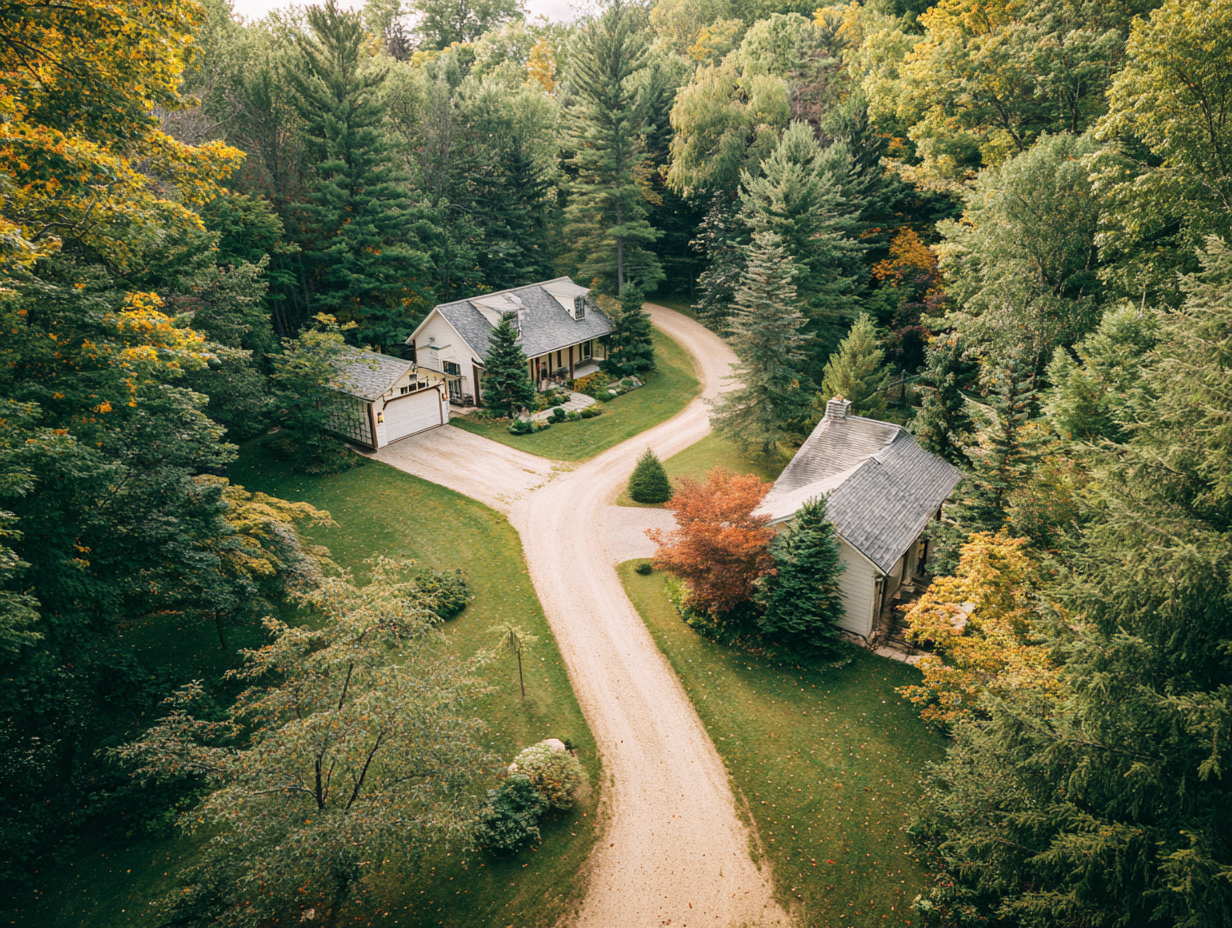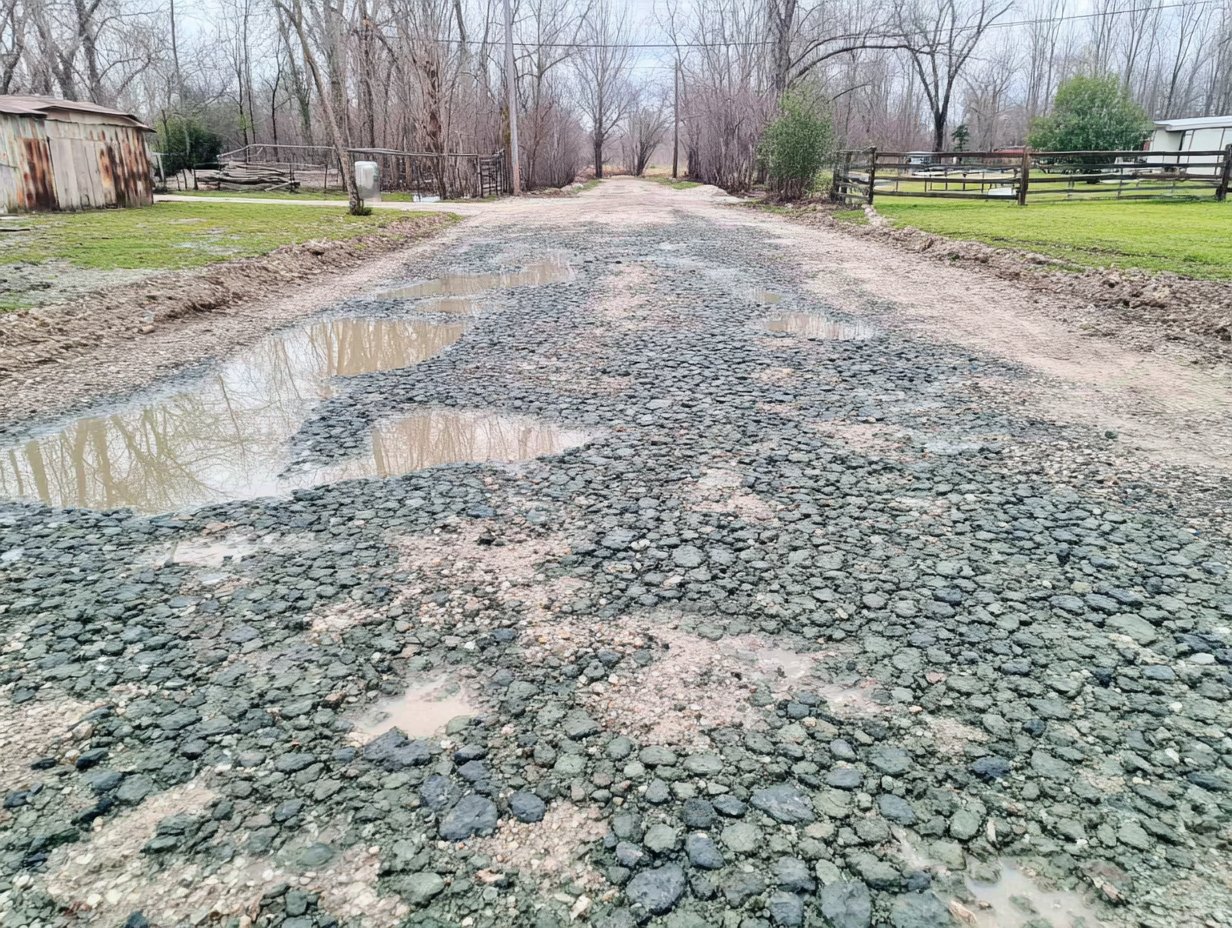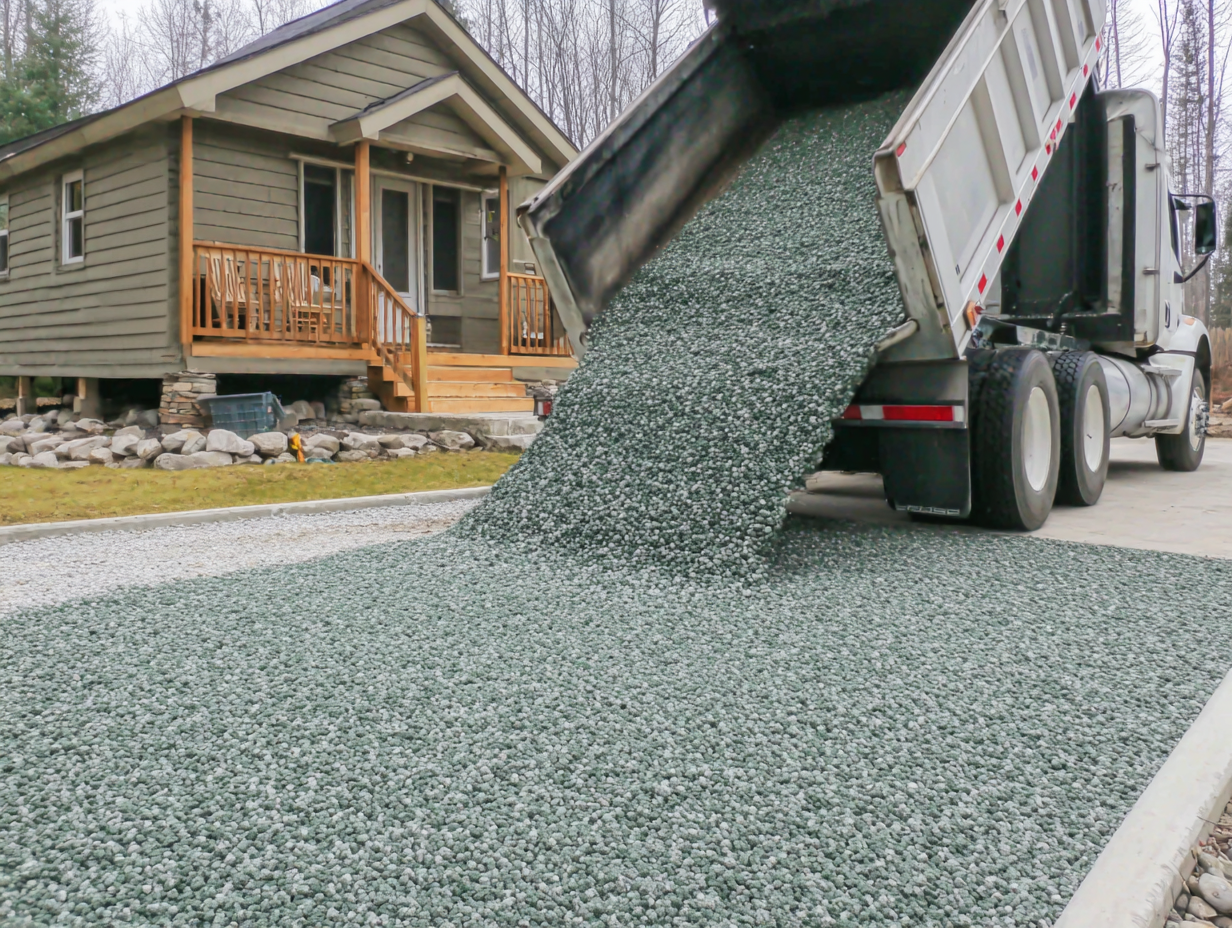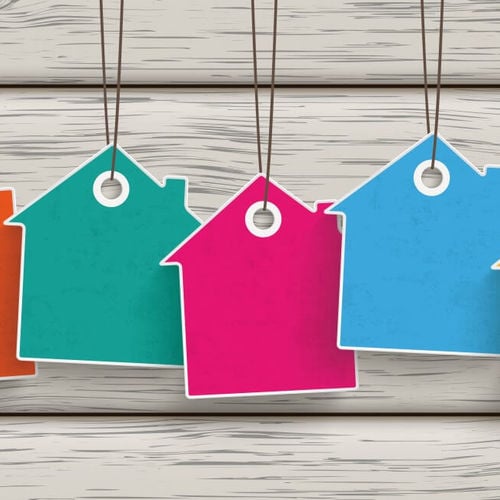Shared driveways are more common than many people realize, especially in older neighborhoods, rural areas, and certain waterfront or historic communities in North Carolina. If you are buying or selling a home with one, you will need to consider a unique set of factors that go beyond square footage, updates, or landscaping.
While a shared driveway can be a perfectly functional and even charming feature, it also comes with legal, logistical, and neighborly considerations that you should fully understand before committing to the sale or purchase. By knowing what to expect in terms of legal agreements, property boundaries, and day-to-day cooperation, you can prevent misunderstandings and keep the process smooth for everyone involved.
What Is a Shared Driveway?
A shared driveway is simply one access point used by two or more property owners to reach their homes, garages, or parking areas. It might be entirely on one person’s property, straddle a property line, or sit on its own parcel designated for shared access.
In North Carolina, shared driveways can appear in several common situations. Older neighborhoods may have been laid out in a way that required neighbors to share access. Waterfront homes often have narrow lots that make individual driveways impossible. In rural areas, a long private road may branch off to serve several houses. And in historic districts, driveways designed for smaller vehicles or horse-drawn carriages sometimes remain the only practical access route.
Why Buyers and Sellers Should Pay Attention
If you are selling a home with a shared driveway, you should be prepared to explain exactly how the arrangement works, provide any documentation that exists, and be upfront about how neighbors cooperate in maintaining it.
If you are buying, you need to understand your rights and responsibilities before closing. Even if the driveway has worked fine for decades, unclear boundaries or unwritten agreements can lead to disputes. A little research and documentation now can prevent costly problems later.
Legal Foundations: Easements and Rights-of-Way
In North Carolina, shared driveways typically involve an easement, which is a legal right to use a portion of someone else’s property for a specific purpose.
The most common type you will see is an appurtenant easement, which attaches permanently to the property and transfers with the deed when ownership changes. If your property benefits from this kind of easement, you will have ongoing legal rights to use the shared driveway.
Another, less common, type is an easement in gross, which gives usage rights to a person or organization rather than to a property. These do not automatically transfer when a property is sold and can be more limited in scope.
A prescriptive easement may come into play if someone has used a driveway openly and continuously without permission for the statutory period in North Carolina, generally 20 years. While this can establish certain legal rights, it is a complex and often contested route.
Finally, you may encounter the term “right-of-way,” which is sometimes used interchangeably with “easement” but specifically refers to the right to travel over another person’s property. Rights-of-way may appear on recorded plats or deeds.
When buying, it is essential to have your real estate attorney or closing attorney confirm that the easement is properly recorded and clearly defined. When selling, you should gather and provide this documentation upfront to avoid issues during due diligence.
Defining the Boundaries
An easement describes legal rights, but the physical boundaries of a shared driveway can still cause confusion. You need to know whether the property line runs down the middle of the pavement, whether the easement allows for parking or only passage, and whether landscaping along the edges is included in maintenance responsibilities.
North Carolina property records, recorded plats, and surveys usually show the easement’s dimensions. Some are measured in feet, while others reference physical landmarks such as fences, walls, or the edge of a building. If there is any uncertainty, ordering a current survey is the safest option. A licensed surveyor can map out the boundaries so that everyone is working from the same understanding.
Maintenance Responsibilities
One of the most important practical questions is who maintains the driveway. The ideal situation is a written maintenance agreement that spells out cost-sharing arrangements, what types of work are included (resurfacing, pothole repair, sealing, snow removal, drainage work), how work is approved, and how disputes will be resolved.
Without a written agreement, disagreements can arise quickly. In North Carolina, courts may look to past practices, local customs, or the principle of “reasonable use” to decide disputes, but this is far less predictable than having a signed, recorded document.
Parking and Obstruction Rules
A shared driveway is meant for access, not storage. Parking in a way that blocks the other owner’s use can lead to conflict and even legal action. Buyers should ask whether there are any parking restrictions or if the easement includes the right to park at all. Sellers should disclose any existing “house rules” about parking, trash bin placement, or use of the driveway for deliveries.
HOA Involvement
If the property is in a neighborhood with a homeowners association, the HOA may own and maintain the shared driveway as part of the community’s common areas. In that case, the HOA’s covenants, conditions, and restrictions (CC&Rs) will control how the driveway is used and maintained, and the cost will typically be included in HOA dues.
Potential Pitfalls for Buyers
Buying a home with a shared driveway is not automatically risky, but there are some pitfalls to watch for. These include unrecorded easements, which can lead to disputes or even loss of access; neighbor disagreements over maintenance, parking, or usage; unexpected repair costs; and financing complications, since some lenders require documented easement agreements before approving a loan.
Selling a Home with a Shared Driveway: Best Practices
As a seller, you can make your property more attractive to buyers by being proactive. Gather all legal documents related to the easement or right-of-way, provide a survey showing the driveway’s location and dimensions, share the maintenance history and any agreements with neighbors, and clearly state in the listing description that the driveway is shared. Transparency helps avoid unpleasant surprises during due diligence and can keep the deal moving forward.
Buying a Home with a Shared Driveway: Questions to Ask
Before you commit to buying, ask these questions: Is there a recorded easement, and is it clear? Who owns the land under the driveway? How is maintenance handled and how are costs split? Are there any parking rules or limitations? Have there been disputes in the past? Your agent and closing attorney can help you get the answers and ensure they are documented in writing.
Tips for Long-Term Cooperation
Owning a home with a shared driveway is as much about good neighbor relations as it is about legal rights. A few simple steps can go a long way toward maintaining harmony. Put any agreements in writing so they remain in place if one of the properties changes ownership. Communicate openly and give advance notice before blocking the driveway for repairs or deliveries. Be considerate about noise and speed when using the driveway. Share costs fairly and keep receipts. Plan ahead for seasonal needs like snow removal or drainage work so there are no last-minute disagreements.
When Things Go Wrong
If conflicts do arise, try informal discussions first. A calm conversation often resolves misunderstandings before they escalate. If that does not work, mediation is a cost-effective next step. North Carolina offers community dispute resolution programs in many counties, and in some cases, mediation is required before property disputes go to court.
Why This Matters in North Carolina’s Market
North Carolina’s mix of historic neighborhoods, rural areas, and coastal communities means shared driveways are part of the landscape. Understanding how they work can make you a more confident buyer or seller. A well-maintained, clearly defined shared driveway can function smoothly for decades, but one with unclear boundaries or undocumented agreements can cause real problems.
Given the competitive nature of the housing market in areas like Wilmington, Leland, and the surrounding counties, buyers and sellers who handle shared driveways with transparency and preparation can avoid delays and disputes while protecting property values.
Final Takeaway
If you are buying or selling a North Carolina home with a shared driveway, focus on clarity. Make sure the easement is properly recorded, the boundaries are known, and responsibilities for maintenance are in writing. Cooperation and clear communication with neighbors can turn a potentially tricky arrangement into a smooth and even neighborly experience.

